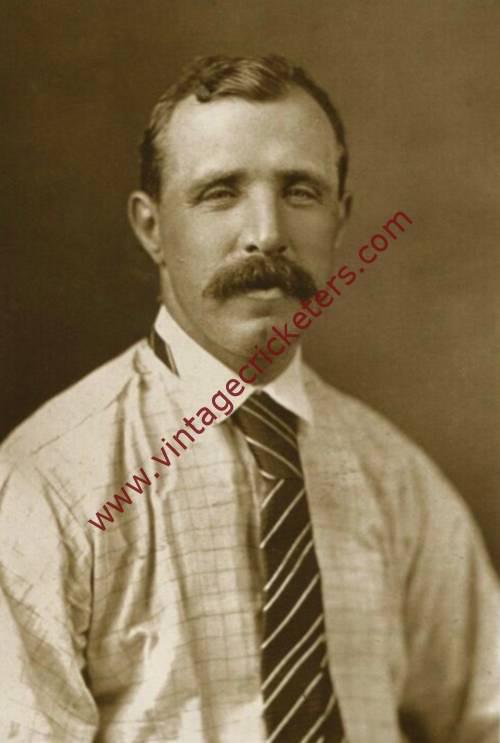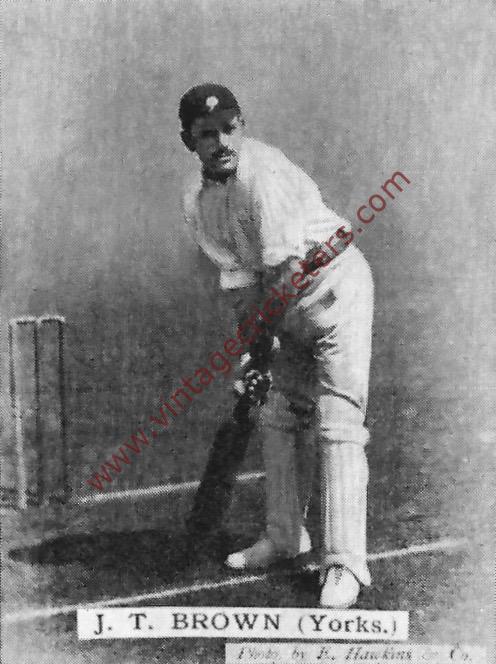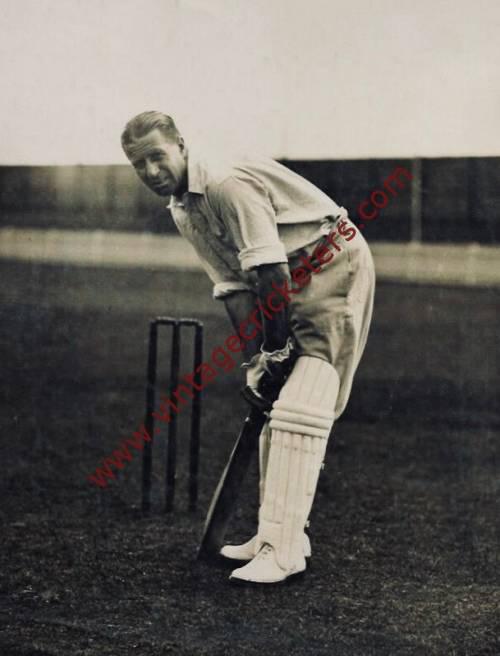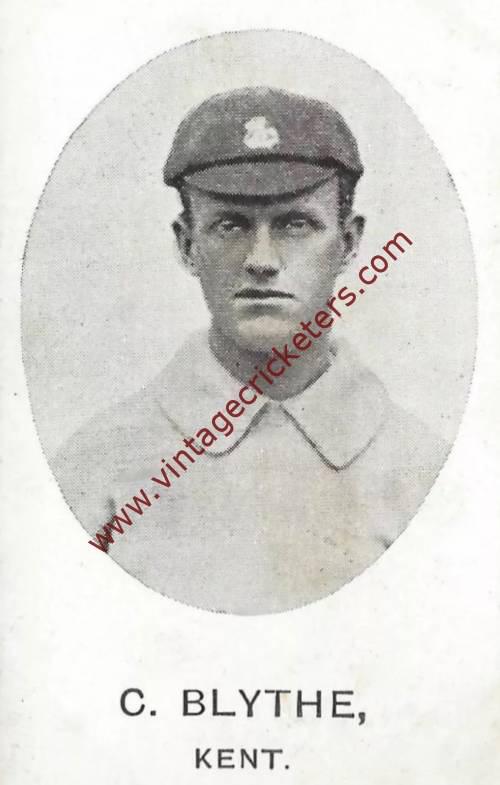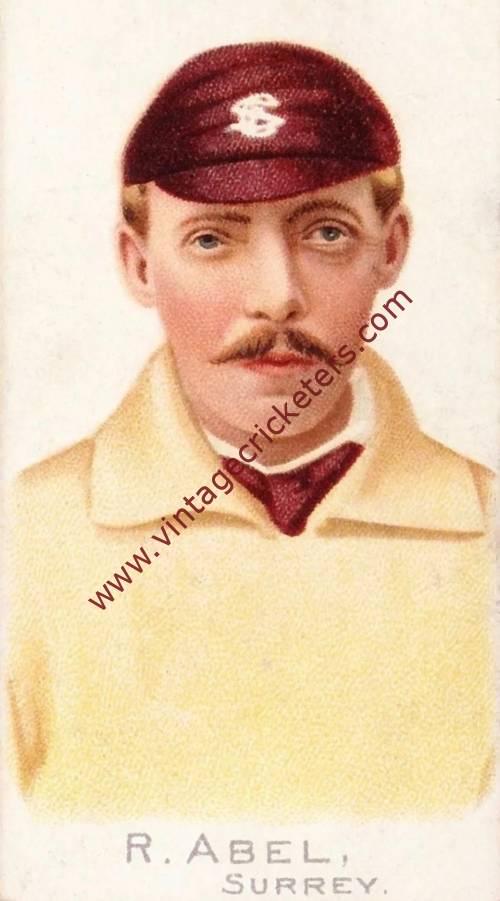Please choose your photo size from the drop down menu below.
If you wish your photo to be framed please select Yes.
Note: 16″x 20″not available in a frame.
Images can also be added to accessories. To order please follow these links
£8.95 – £49.95
Please choose your photo size from the drop down menu below.
If you wish your photo to be framed please select Yes.
Note: 16″x 20″not available in a frame.
Images can also be added to accessories. To order please follow these links
The maximum number of views of this element is reached.
Please contact the webmaster to enable unlimited views.
Halifax, Yorkshire born left-hand bat and left-arm roundarm fast bowler Tom Emmett first joined Yorkshire when aged almost 25, and was soon a success in the game and was soon considered one of the most dangerous bowlers of his type in England, playing for England against Surrey & Sussex in Tom Lockyer’s benefit match at the Oval in 1867, his second season. Bowling very fast with a near round-arm action, he could break the ball back so that pitching on leg the ball would take off-stump – a ball that for reasons known only to himself he called his “sostenuter”. His bowling partnership with George Freeman dominated the English bowling scene from 1867 to 1871.
After 1871, however, business commitments took Freeman away from first-class cricket, but Emmett stayed on and found another able colleague in the excellent Allen Hill. In later years, Emmett shared the Yorkshire bowling duties with George Ulyett, Billy Bates, Ted Peate and Bobby Peel. As age took its toll, he lost the pace that made him so effective, and completely changed his method to bowl slow-medium, pitching on or outside off stump, and inviting the drive against the turning ball. He used flight, spin and changes of pace, and the batsmen found it hard to settle against this seemingly endless variety. Emmett captained Yorkshire between 1878 and 1882, ending his connection with the eleven in 1888. He was the last professional to captain Yorkshire until Vic Wilson was appointed in 1960.
Emmett toured Australia three times and North America once. He played seven Test matches, including the first-ever in 1877, and was also the bowling mainstay for Lord Harris’s team in 1878-79. In the first ever Test match in March 1877, England lost the toss and were made to field in the 1st Innings. James Lillywhite, the England Captain led his team onto the Melbourne pitch, followed by the rest of the team including Tom Emmett. Emmett was 35 years 193 days old, 77 days older than Harry Jupp, England’s opening bat, briefly becoming England’s oldest Test cricketer. Emmett was later passed, in age, by England’s No. 11, James Southerton and Australia opening bat Nat Thomson as the Australian opening pair came out to bat. He played in 7 Test matches through to March 1882, when he played his final Test, also at Melbourne. In 13 Test innings his highest score with the bat was 48, scoring 160 runs at an average of 13.33. He took 9 wickets in Test cricket at 31.55 a piece, but 7 of those came in a single innings when he took 7-68 in his third Test at Melbourne in January 1879.
According to J.L. Carr in his Dictionary of Extra-Ordinary Cricketers, on one occasion he “politely asked of an Australian fielder who had crept in close, if he was wed. He explained that, although he had no compunction about killing him, the death of a husband and father would vex his peace of mind.”
Described as “a cheery cricketer always, a keen and conscientious worker, no player of his time was more deservedly popular”, HS Altham said of him: “Never was there a man of higher vitality, of more inexhaustible good humour than Tom Emmett”
Emmett was also a useful bat, with a sound defence and strong straight drives, scoring 24 half centuries and a single century, making 104, in a total of 426 first class matches, at an average of 14.84. His bowling yielded 1,572 wickets at an average of 13.55 a piece, with an impressive 122 five wicket innings and 29 matches in which he took ten or more wickets, with a best bowling performance of 9-23.
His son Arthur Emmett played 3 matches for Leicestershire in 1902.
| Weight | N/A |
|---|
